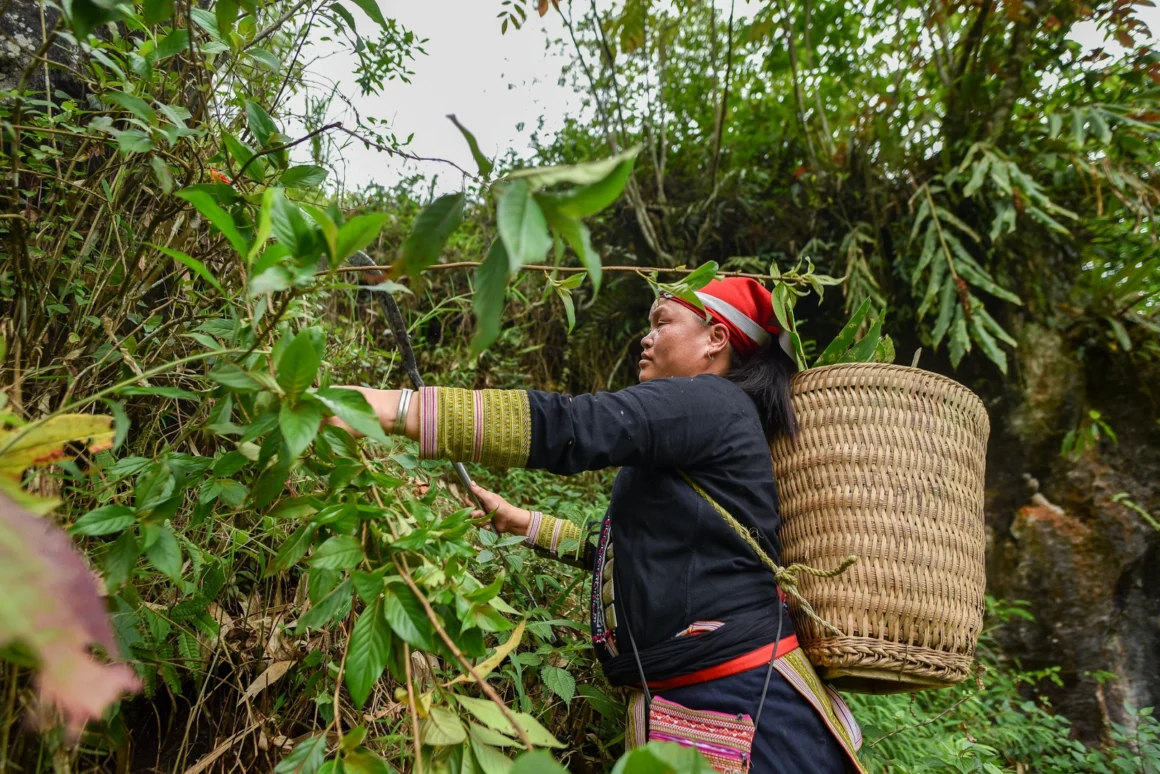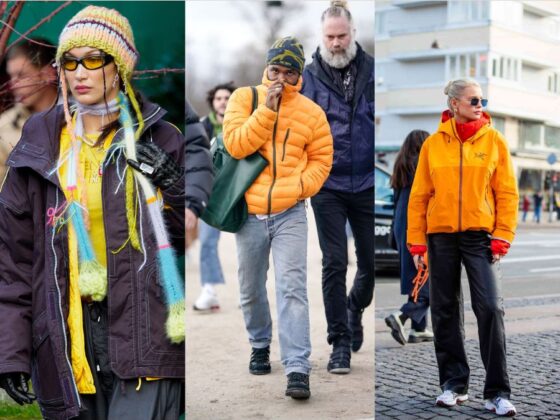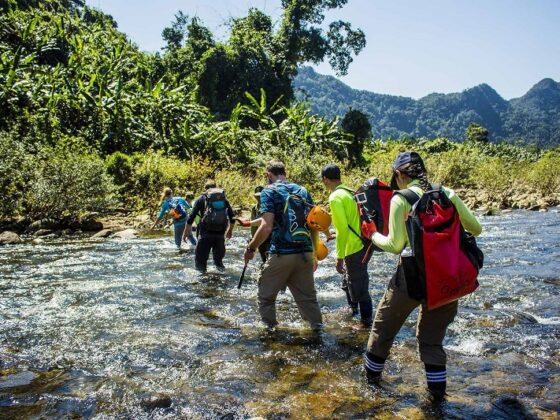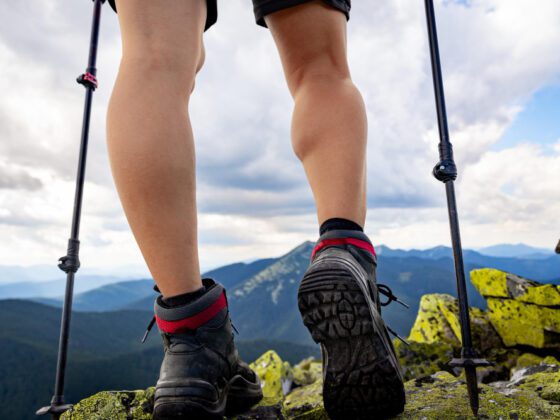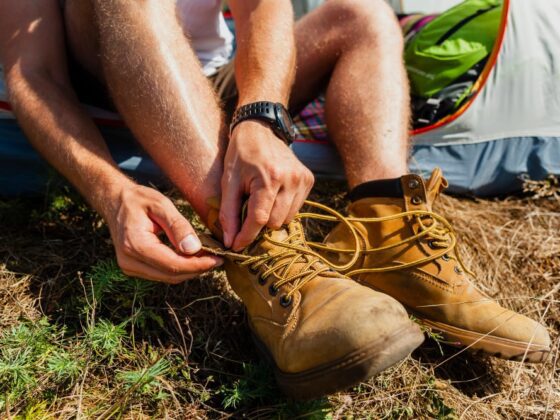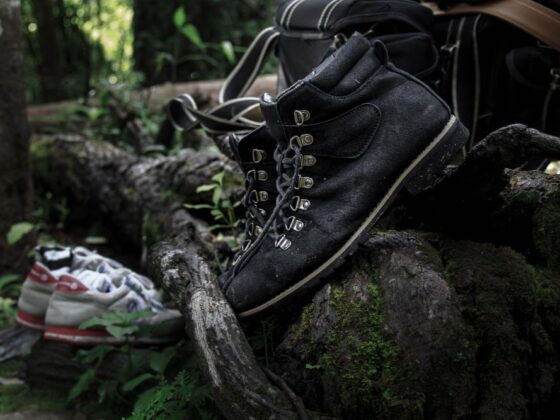Table of Contents Show
When it comes to hiking in Vietnam, the blend of ancient traditions and modern advancements creates a unique outdoor experience. As an expert camper and guide in this beautiful land, I’ve come to appreciate the traditional Vietnamese hiking gear and tools that many still use today. These items not only serve practical purposes but also carry rich histories that connect us to the land and its people.
Read more interesting posts here:
- Discover Vietnam’s Best Kept Secrets: Our Curated Hiking Trails Await
- Beyond the Spa: A Guide to Creating Your Own Vietnam Wellness Retreats
- Wander, Wonder, and Find: Embracing the Joy of Getting Lost on the Trail
The backpack: A cultural staple
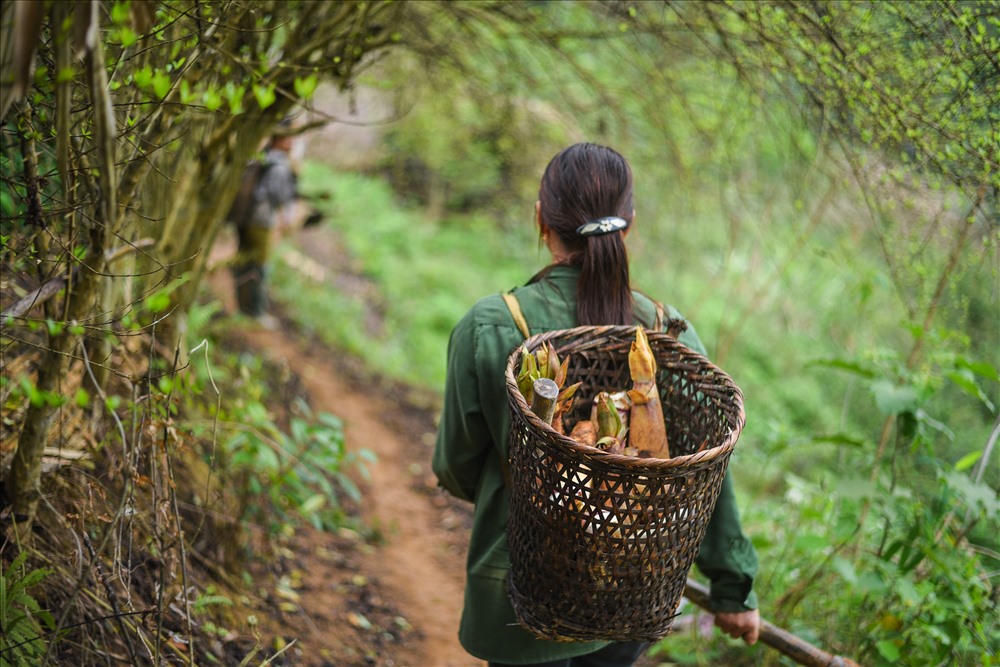
One of the most essential items for any hiker is the backpack. In Vietnam, traditional backpacks, known as ba lô or túi đeo vai, often made from woven fabric or bamboo, reflect the artistry and craftsmanship of local communities. As part of traditional Vietnamese hiking gear, these bags were historically designed to carry rice, herbs, and other necessities for long journeys, especially in rural areas.
The use of woven backpacks is a hallmark of many ethnic minority groups in the northern mountains, such as the Hmong and Dao. These bags are not just utilitarian; they often feature intricate patterns and colors that signify cultural identity. This piece of traditional Vietnamese hiking gear is a beautiful example of function meeting heritage.
The walking stick: A symbol of support
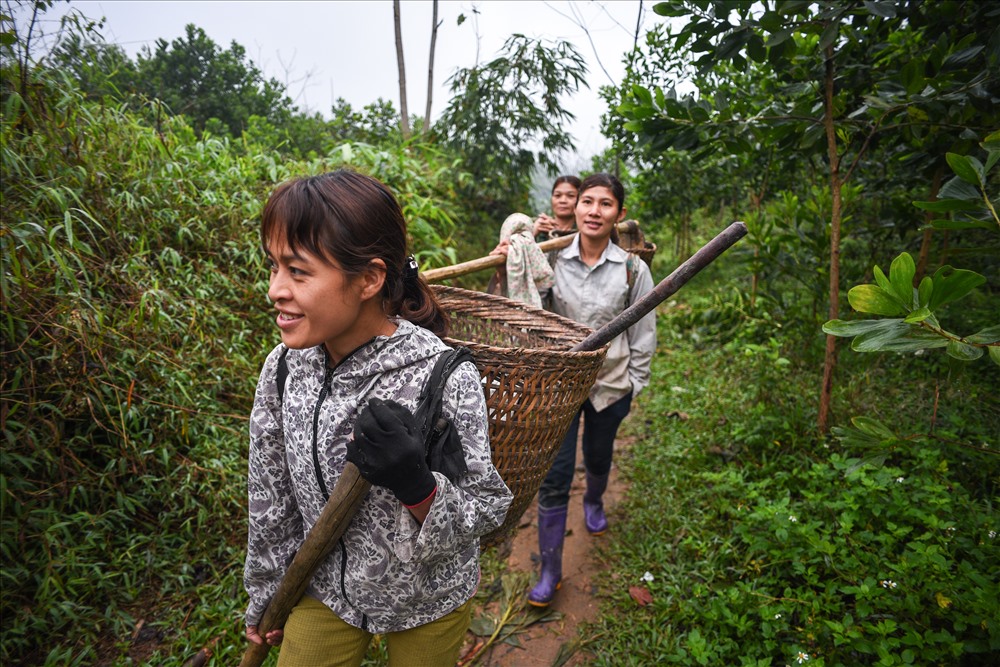
The walking stick, or gậy chống, is another essential tool that has stood the test of time. Traditionally made from bamboo or strong wood, these sticks provide stability and support on uneven terrain. As part of traditional Vietnamese hiking gear, the walking stick is more than just a tool; it’s a companion that aids in navigating the rugged landscapes of Vietnam’s mountains and forests.
Historically, walking sticks were used not only for hiking but also in agricultural practices. Farmers would use them to guide livestock or support themselves while working in the fields. Today, hikers continue to use them for balance, especially in areas like Sapa and Phong Nha, where trails can be steep and muddy.
Traditional sandals: Nature at your feet
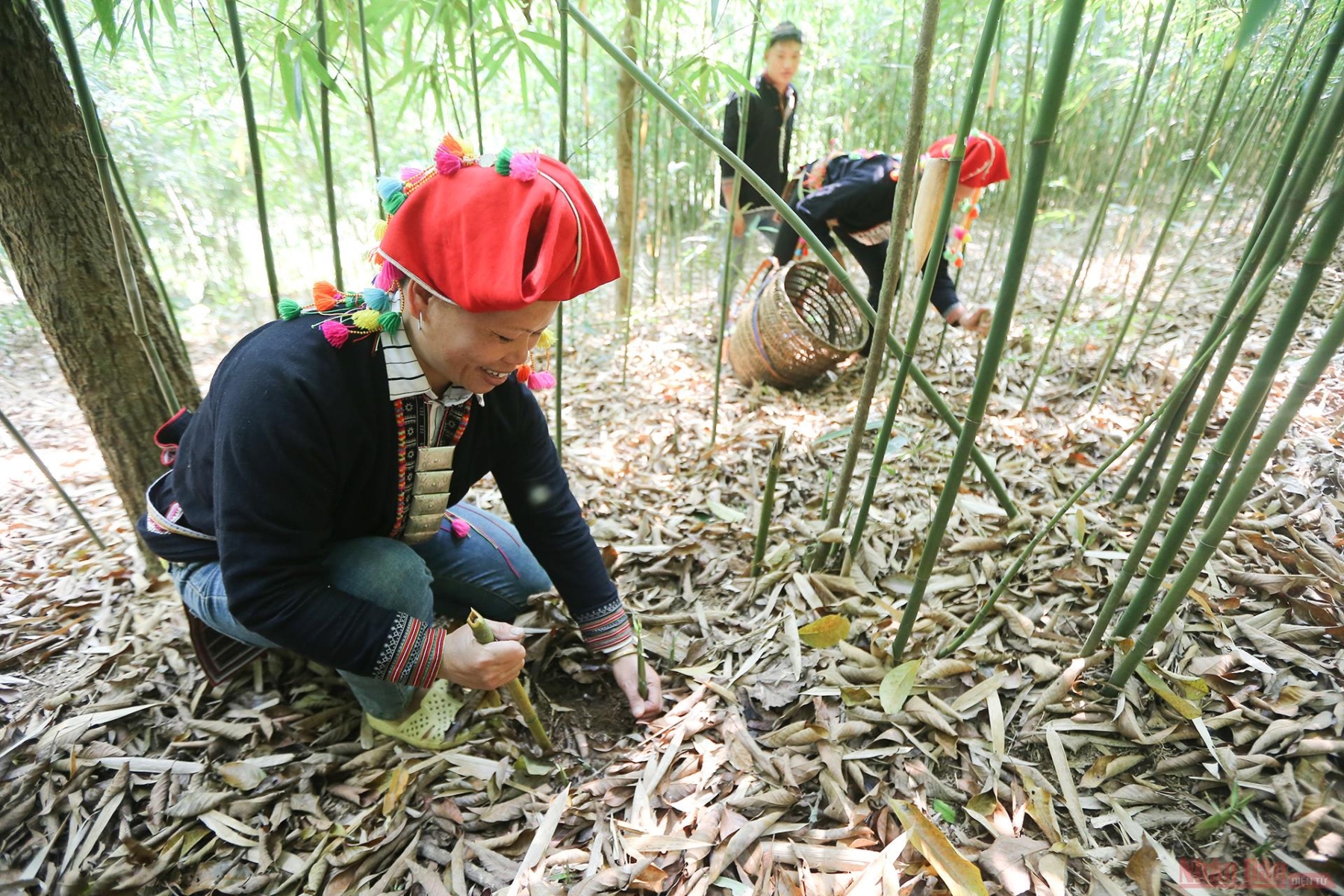
Another fascinating aspect of traditional Vietnamese hiking gear is the use of sandals, like the famous dép lốp (tire sandals). Historically made from recycled tires during wartime, these sandals are incredibly durable and practical for wet, muddy conditions. Their open design allows for quick drying and flexibility, making them suitable for various terrains.
The crafting of dép involves weaving together materials like bamboo, jute, or palm leaves, making them lightweight and breathable. Historically, these sandals were practical for everyday use, providing comfort while walking through rice paddies or hiking up hills. Their design allows for flexibility and ease of movement, making them suitable for various terrains.
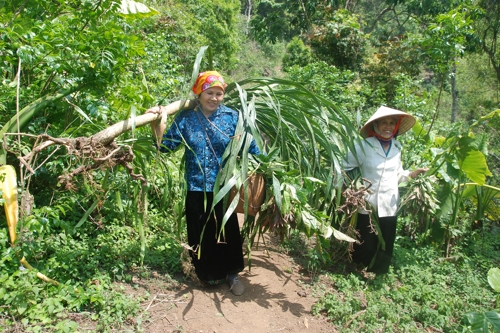
Today, many hikers embrace these traditional sandals as part of traditional Vietnamese hiking gear for their eco-friendliness and comfort. They are particularly popular during the warmer months, providing a connection to the earth and a reminder of the natural materials that have sustained Vietnamese culture for centuries.
The traditional hat: Functional fashion
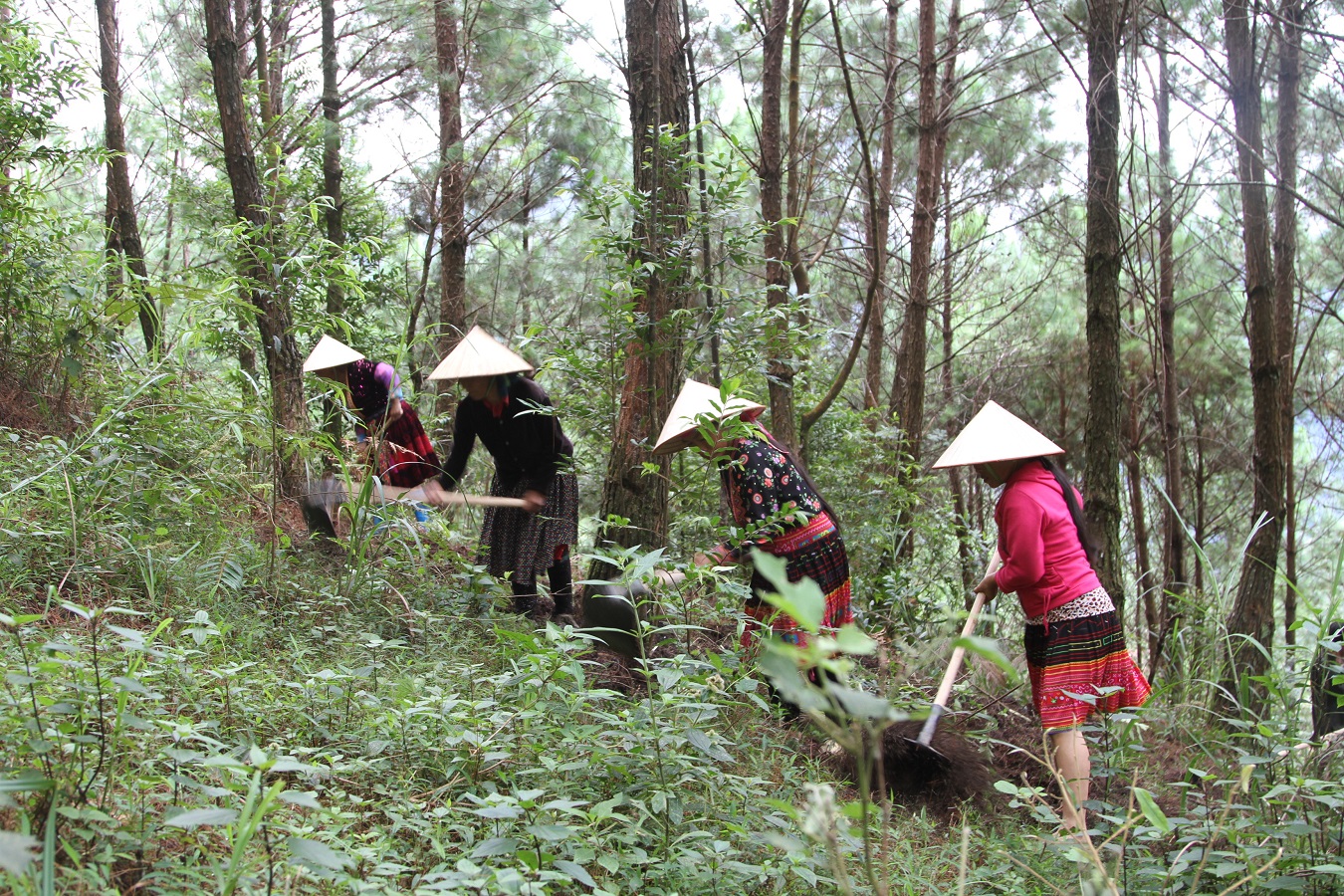
No discussion about Vietnam would be complete without mentioning the iconic nón lá, or conical hat. This traditional piece of headgear has protected farmers and hikers alike from the sun and rain for generations. Made from bamboo and palm leaves, the nón lá is lightweight and breathable, making it an ideal companion for outdoor activities. Historically, the conical hat has been a symbol of Vietnamese culture, representing hard work and resilience.
For hikers, it offers practical benefits, providing shade during hot days and keeping rain off the face during sudden downpours. Today, the nón lá is also recognized as part of traditional Vietnamese hiking gear, with many hikers still wearing this hat as a nod to their heritage while enjoying the picturesque landscapes of Vietnam.
Cooking tools: A taste of tradition
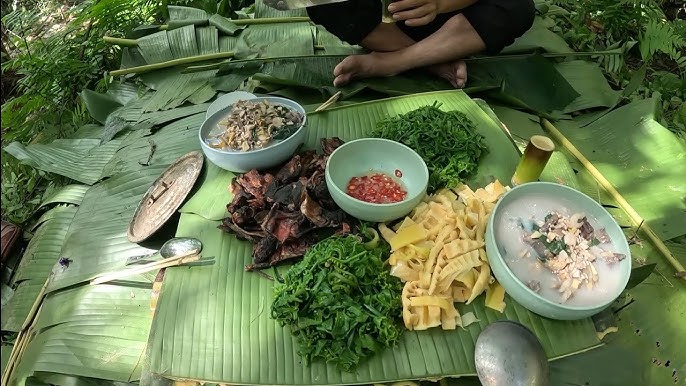
When it comes to meals on the trail, traditional cooking tools play a significant role. Many Vietnamese hikers carry a bếp lò (portable stove) made from clay or metal, allowing them to cook simple meals while on the move. These stoves are often used with charcoal or wood, reflecting the traditional cooking methods found throughout Vietnam. As part of traditional Vietnamese hiking gear, the bếp lò not only provides practicality but also connects hikers with the cultural roots of outdoor life in Vietnam.
Historically, cooking on the go has been essential for travelers and laborers. A simple meal of rice and vegetables can provide the necessary energy for a long hike. Today, while modern camping stoves are popular, many hikers still appreciate the charm and authenticity of using traditional cooking gear, which connects them to their roots.
The enduring importance of traditional vietnamese hiking gear
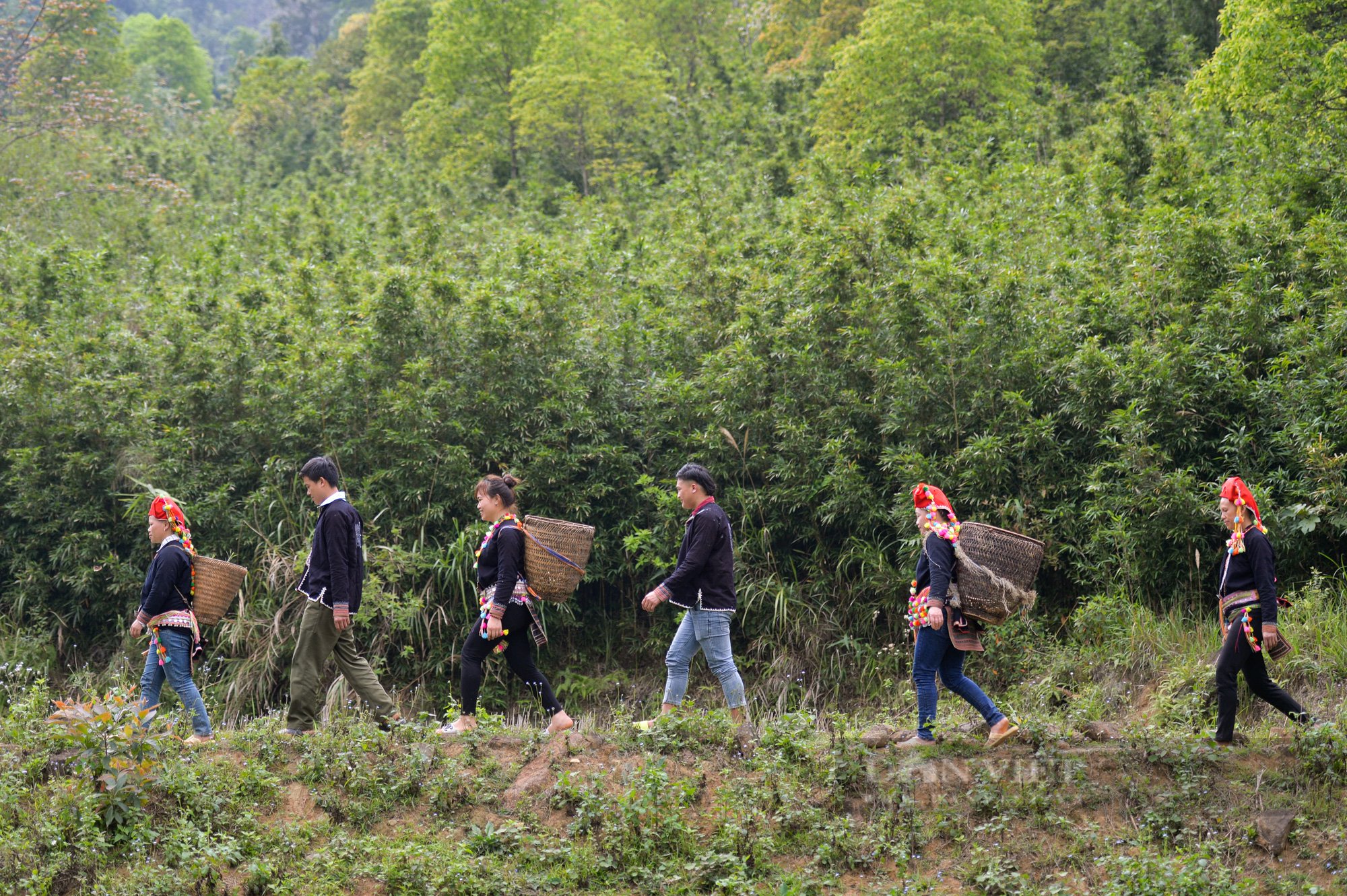
In a world dominated by modern technology, the continued use of traditional Vietnamese hiking gear serves as a bridge between past and present. These items not only enhance the hiking experience but also remind us of the rich cultural heritage that shapes the Vietnamese identity. As you embark on your next hiking adventure in Vietnam, consider the history and ingenuity of these traditional tools.
As you embark on your next hiking adventure in Vietnam, consider incorporating some of these traditional tools into your gear. Whether it’s a woven backpack, sturdy walking stick, traditional sandals, or a conical hat, each piece carries a story that connects you to the land and its people. So, lace up your hiking boots, pack your traditional Vietnamese hiking gear, and hit the trails of Vietnam. Experience the beauty of its landscapes while embracing the rich history that comes with each step. The trails await, and the stories of the past are ready to unfold before you!
Conclusion
The story of traditional Vietnamese hiking gear is a story of ingenuity, resilience, and a deep connection to the land. From the woven bamboo backpack to the resourceful tire sandal, each item carries a piece of Vietnam’s history. By understanding and appreciating these tools, we enrich our own journey and honor the timeless wisdom of the people who have walked these trails for generations.
Ready to discover more of Vietnam’s rich culture? Join our community of explorers in the ExoTrails Facebook Group and follow the ExoTrails Fanpage for daily inspiration and trail tips!
FAQs
What kind of gear did traditional Vietnamese hikers use?
They used practical, locally-sourced gear such as woven bamboo backpacks (gùi), bamboo walking sticks, conical hats (nón lá), and durable sandals made from recycled materials.
What is a Vietnamese conical hat used for?
The nón lá is a versatile hat used for protection against both the intense sun and heavy rain, making it ideal for working outdoors and hiking.
Are traditional bamboo backpacks still used in Vietnam?
Yes, particularly among ethnic minority communities in the mountainous regions, these backpacks are still commonly used for carrying goods and produce.
What are the benefits of using a walking stick?
A walking stick provides crucial stability on steep, slippery, or uneven terrain, reduces strain on the knees, and can be used to test the depth of mud or water.
How does traditional gear reflect Vietnamese culture?
It reflects a culture of resourcefulness, resilience, and a deep connection to nature, using locally available materials like bamboo and leaves to create practical, durable tools.

